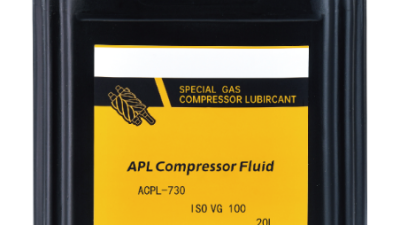Top Strategies for Choosing the Best Lubricant Oil Can for Your Business Needs
Table of Contents
- Essential Factors to Consider When Selecting Lubricant Oil Cans for Your Business
- Comparative Analysis of Different Lubricant Oil Can Materials for Durability
- Understanding the Importance of Size and Capacity in Lubricant Oil Cans
- Best Practices for Maintaining and Storing Your Lubricant Oil Cans
- Evaluating Performance and Efficiency: Choosing the Right Design for Your Needs
- Cost-Effectiveness vs. Quality: Finding the Right Balance in Lubricant Oil Cans
- Enhancing Compressor Performance with ACPL-730 Lubricant: Insights from Industry Reports and Trends
- FAQS
- Conclusion
- Related Posts
When you're looking at industrial lubrication, picking the right lubricant oil can really make a difference. It’s not just about keeping things running—it’s about boosting equipment performance and helping your machinery last longer. Did you know that, according to the Global Lubricants Market Report, this market is expected to hit around $180 billion by 2025? That growth is mainly thanks to new tech breakthroughs and the growing needs across various industries.
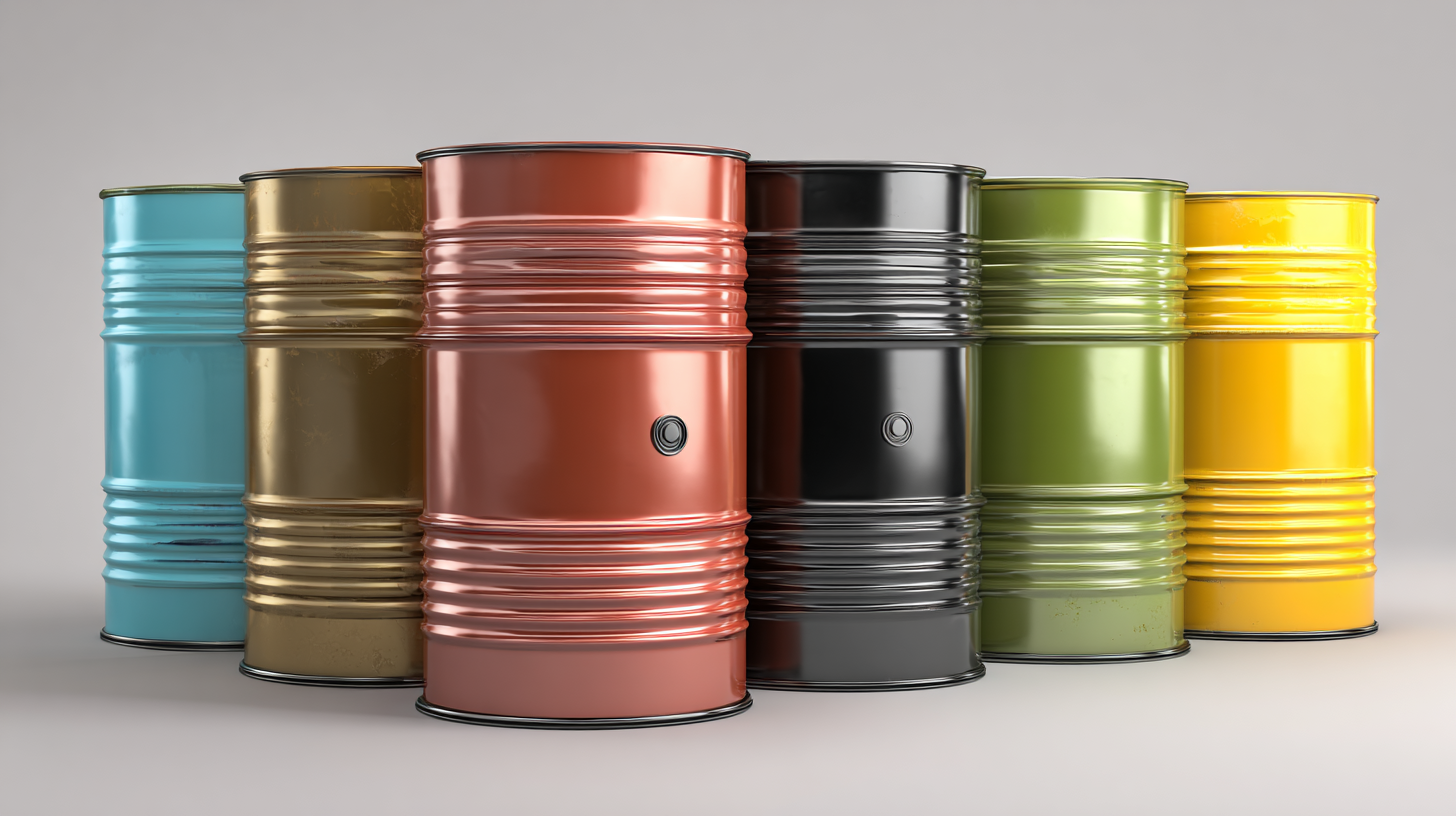
At Shanghai Jiongcheng Industrial, we take pride in offering complete lubrication solutions—think high-temp chain lubricants, compressor oils, and vacuum pump lubricants. We’re serious about quality, which is why we invest in top-notch research and production tech to meet the highest standards out there.
Getting to know the different options for lubricant oil cans really helps businesses make smarter choices—ultimately leading to smoother operations and more reliable machinery.
Essential Factors to Consider When Selecting Lubricant Oil Cans for Your Business
When you're choosing lubricant oil cans for your business, there are a few key things you should keep in mind—things that really affect how well things run, both in terms of safety and efficiency. First off, the material of the can matters a lot. It's best to go with cans that are strong and resistant to rust or corrosion, especially since they often face rough handling, storage conditions, and transportation. This way, the lubricant stays clean and pure, and the can won't start breaking down over time. Oh, and don't forget to check out the design of the spout or the dispensing mechanism. A really good, well-thought-out spout helps prevent spills and makes pouring or applying easier and more accurate, which means less waste and smoother operations.
Another thing to consider is how much capacity you actually need. If your business handles large quantities, bigger cans might be the way to go. But if you need more control or just smaller, portable containers, then smaller sizes could be better. Think about your day-to-day workflow—does going with bigger cans save time, or do smaller ones make things easier to move around and handle? And of course, make sure the cans are up to industry standards and safety regulations—that's just important to keep everything compliant and safe. By taking these points into account, you'll end up picking lubricant cans that fit your needs perfectly and help create a safer, more efficient workspace—you know, the kind of stuff that just makes your job easier in the long run.
Comparative Analysis of Different Lubricant Oil Can Materials for Durability
When you're picking out a lubricant oil can for your business, the material it’s made of really matters—more than you might think. Looking into different options like metal, plastic, or biodegradable materials, you quickly notice each has its own set of perks and downsides. For instance, metal cans are pretty tough—they handle impacts well and are great for rough environments. On the other hand, plastic cans are lightweight and don’t rust, but they might not be suited for extreme conditions like really high temperatures or heavy-duty use.

And it’s not just about the cans; recent breakthroughs in materials science are actually improving the oils themselves. Take hexagonal boron nitride nanosheets, for example—they’ve shown promise in giving oils super low friction, which can seriously help machinery last longer. Plus, there’s a growing push towards eco-friendly lubricants made from renewable resources—they tend to be biodegradable and kinder to the planet. All these innovations show how important it is to choose wisely—making sure your options line up with sustainable practices, especially as industries aim to be greener these days.
Understanding the Importance of Size and Capacity in Lubricant Oil Cans
When you're picking out a lubricant oil can for your business, it's really important to think about size and capacity. The size of the can isn’t just a detail — it can actually affect how portable it is and how easy it is to use. Plus, it plays a big role in how smooth your operations run. If your team’s always on the move, a smaller, more manageable can probably makes more sense. On the flip side, if you're dealing with big machinery and your setup doesn’t change much, going for a larger capacity can means fewer trips to refill and less downtime.
And let's not forget about capacity! Picking the right amount of oil is just as important. You want enough to cover your needs without ending up with a lot of wasted product. Especially in industrial settings, where lubricant needs can really go up and down, finding that sweet spot is key. A good rule of thumb is to choose a can that matches your typical usage — that way, you get what you need without overspending or creating waste. All in all, taking the time to think about both size and capacity, and how they fit with your specific workflow, will help you make a smarter purchase and keep things running smoothly down the line.
Top Strategies for Choosing the Best Lubricant Oil Can for Your Business Needs - Understanding the Importance of Size and Capacity in Lubricant Oil Cans
| Size (Liters) | Capacity (Gallons) | Best Use Cases | Material Type | Estimated Price ($) |
|---|---|---|---|---|
| 1 | 0.26 | Small Engines, Equipment | Plastic | 15 |
| 2 | 0.53 | Medium Machinery | Steel | 25 |
| 5 | 1.32 | Automotive, Industrial | Aluminum | 50 |
| 10 | 2.64 | Heavy Machinery, Bulk Storage | Stainless Steel | 75 |
| 20 | 5.28 | Industrial Equipment | Polyethylene | 120 |
Best Practices for Maintaining and Storing Your Lubricant Oil Cans
When it comes to keeping and storing your lubricant oil cans, following good practices is a must if you want the product to last and work properly. First off, it’s really important to store these cans in a climate-controlled space. Extreme temperatures can mess with the oil’s viscosity and overall performance—nobody wants that. Ideally, your storage area should be dry and keep the air moving a bit to avoid moisture buildup, which can lead to rust or contamination.
On top of that, labeling and organizing your cans can save you a lot of hassle. It makes it easier to find what you need quickly and helps prevent mistakes—like grabbing the wrong oil for a task. Make sure to check your cans regularly for leaks, dents, or expired dates. Damaged cans should be swapped out ASAP to avoid spills or wasting valuable product. And if you want to stay really on top of things, using a first-in, first-out system means you’re always using the oldest stock first, keeping everything fresh and effective. Sticking to these simple tips will help your lubricants perform at their best and keep your workspace safe and efficient.
Evaluating Performance and Efficiency: Choosing the Right Design for Your Needs
When you're looking at how well your lubricant oil cans are performing and how efficient they are for your business, it’s super important to think about the design—specifically, how well it fits your operational needs. A good-looking, well-thought-out lubricant can really make life easier: it can speed things up, help you be more precise, and cut down on waste. Keep an eye out for features like ergonomic handles that make handling a breeze, spill-proof nozzles for more accurate pouring, and transparent bodies so you can easily check your oil levels. These little things might seem small, but they can really boost your efficiency, helping you make the most of your resources and work more smoothly.
Also, don’t forget that the material of the can itself is a pretty big deal. You want cans made from quality materials that can resist rust and won’t react badly with different types of lubricants. A sturdy construction means your cans will last longer, so you won’t have to replace them all the time or deal with extra maintenance. It’s also smart to make sure the can is compatible with the specific oils you use—some materials can react negatively with certain lubricants, which is a headache you want to avoid. By choosing the right design and material, you’re setting yourself up for a smoother, more reliable lubrication process — and that means better overall productivity for your business.
Top Strategies for Choosing the Best Lubricant Oil Can for Your Business Needs
This bar chart evaluates the performance of different lubricant oil characteristics essential for business needs. The ratings assess viscosity, temperature stability, oxidation resistance, water separation, and pumpability, helping you make informed decisions for optimal efficiency.
Cost-Effectiveness vs. Quality: Finding the Right Balance in Lubricant Oil Cans
When you're choosing lubricant oil cans for your business, it’s really about finding that sweet spot between saving money and making sure you're getting quality stuff. According to a report by Grand View Research, the global market for lubricants is expected to hit around $166 billion by 2025 — pretty wild, right? That just shows how much demand there is for good-quality lubricants and, of course, their packaging. So, it’s super important for businesses to pay attention not just to the oil itself but also to the containers holding it. You want them to perform well without breaking the bank.
Putting some effort into selecting high-quality lubricant cans can seriously boost your efficiency. I mean, a study from the National Institute for Occupational Safety and Health (NIOSH) actually pointed out that about a quarter of maintenance costs can come from issues like leaks or contamination—yikes! Using sturdy, well-made cans that prevent these problems can really protect your investment and minimize downtime. Over the long run, that kind of choice can save you a good chunk of money. It’s all about balancing things out—making sure the cans meet industry standards but are also affordable for your business. Basically, don’t just go for the cheapest option; look for quality that pays off in the end.

Enhancing Compressor Performance with ACPL-730 Lubricant: Insights from Industry Reports and Trends
In the competitive landscape of compressor performance, lubricant choice plays a pivotal role. The ACPL-730 lubricant, a specialized formulation featuring a unique blend of polyalkylene glycol (PAG) base oil and high-performance composite additives, stands out as an essential component for enhancing the efficiency and reliability of compressor systems. Industry reports consistently highlight that this cutting-edge lubricant improves thermal stability and reduces friction, leading to longer equipment life and optimized operational efficiency.
The innovative combination of special PAG base oil with composite additives ensures excellent lubrication under varying operational conditions. This dynamic blend not only enhances the performance of the compressor but also minimizes wear and tear on critical components. Users have reported significant improvements in energy consumption and maintenance costs, making ACPL-730 a smart investment for industries relying heavily on compressor technology. The ability of this lubricant to withstand high pressures and temperatures further underscores its importance in demanding applications, reinforcing its reputation as a game-changer in the sector.
FAQS
: Common materials include metal, plastic, and biodegradable options, each with distinct advantages and limitations in terms of durability and effectiveness.
Metal cans offer superior strength and impact resistance, making them ideal for high-stress environments.
Plastic cans are lightweight and corrosion-resistant but may not withstand extreme conditions as well as metal cans.
Innovations like hexagonal boron nitride nanosheets have shown potential in enhancing oil performance by providing steady superlubricity, thus prolonging machinery service life.
Biosourced lubricants have better environmental profiles as they are often biodegradable and derived from renewable resources, aligning with sustainable practices.
Key features include ergonomic handles, spill-proof nozzles for precise dispensing, and transparent bodies for easy monitoring of oil levels.
The material influences durability, resistance to corrosion, and compatibility with specific lubricant types, impacting overall efficiency and reliability.
High-quality materials ensure durability and reduce the frequency of replacements and maintenance, supporting productivity in operations.
A well-designed can can streamline the application process, minimize waste, and maximize productivity, ensuring resources are used optimally.
It's crucial to select cans that are made from materials that do not react adversely with the particular types of lubricants being used.
Conclusion
When you're trying to pick out the best lubricant oil can for your business, there are a few things you really want to keep in mind. Stuff like how durable the material is, the size and capacity, and how well the design works. Looking at different materials side by side, you can see the little trade-offs—like whether something's gonna last longer but be heavier or lighter. And knowing the right size is pretty important too, so you can handle different amounts of lubricant without any hassle. Oh, and don’t forget about proper maintenance and storage—these little details actually make a big difference in how long your oil can stays in good shape.
On top of that, it’s all about finding that sweet spot between saving some cash and getting good quality. Here at Shanghai Jiongcheng Industrial Co., Ltd., we’re all about offering solutions that cover your needs, with top-notch products like lubricants for compressors and vacuum pumps. Making sure your oil can not only ticks all the industry boxes but also works well with your choice of lubricant will really boost your overall performance and get things running smoothly.
Related Posts
-

Top Strategies for Choosing the Best Sunflower II Led Nail Dust Collector
-
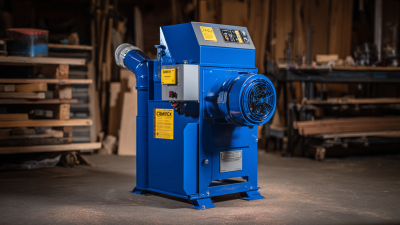
7 Best Craftex Dust Collector Reviews for Efficient Industrial Use
-

What is the Ultimate Guide to the Best Environmental Protection Solutions
-
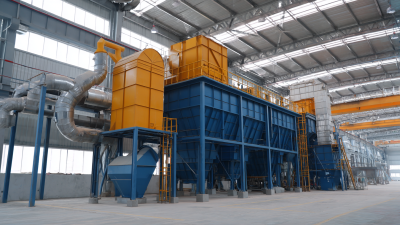
Future Trends in Cyclone Dust Collector Manufacturing Industry for 2025 Insights and Predictions
-

7 Innovative Tips for Understanding the Multi Cyclone Dust Collector Working Principle
-
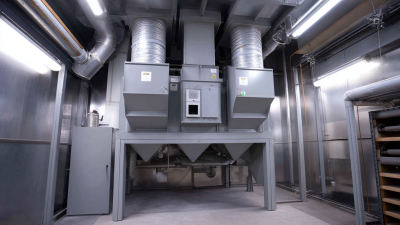
The Ultimate Guide to Craftex Dust Collector: Insights, Reviews, and Buying Tips
Blog Tags:

